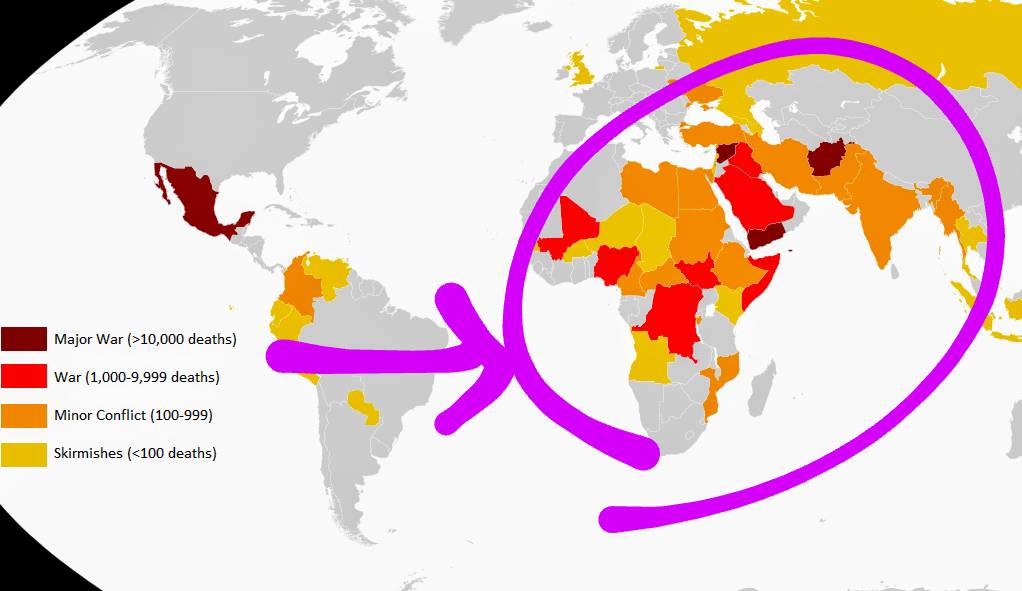
July 15, 2020
Anna Murray
For decades, prolonged conflicts in the Middle East have driven large waves of displacement amid the destruction of property and critical infrastructure, leaving many individuals vulnerable amid the COVID-19 pandemic.
In the Middle East, there are 14 million forcibly displaced people in the region. The number of COVID-19 infection cases reportedly is about 630,000 confirmed with the coronavirus. Most health experts believe these numbers are significantly underestimated given the limited testing available. Among displaced communities, the Middle East remains one of the most crisis-stricken parts of the world.
Most recently, the Global Network Against Food Crisis, an alliance of UN and partner agencies, warned that the COVID-19 pandemic in 2020 could lead to 265 million people suffering from acute food insecurity. It called for urgent food, nutrition, and livelihood assistance for survival in order to avoid a food crisis.
In addition, the Food and Agriculture Organization (FAO) has published its State of Food Security and Nutrition in the World 2020, which also warned, besides problems caused by the Covid-19 pandemic, food security has continued to decline around the world. Nevertheless, the Middle East and North Africa (MENA) are considered one of the regions most vulnerable to a food crisis.
